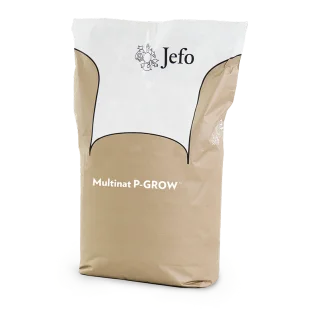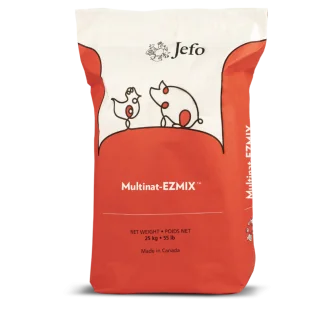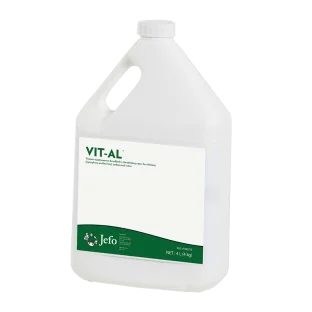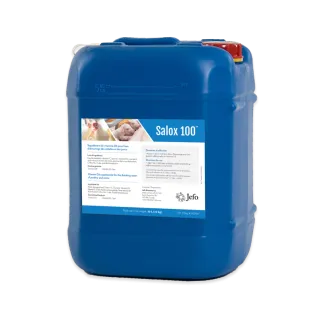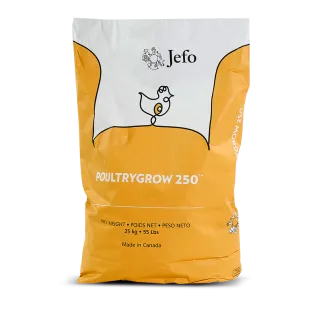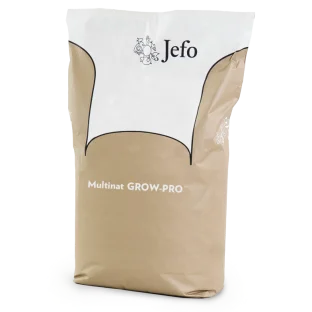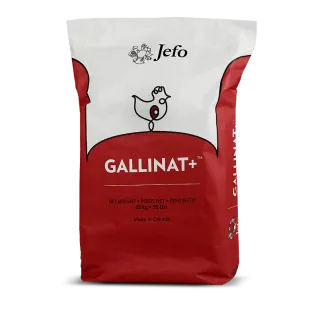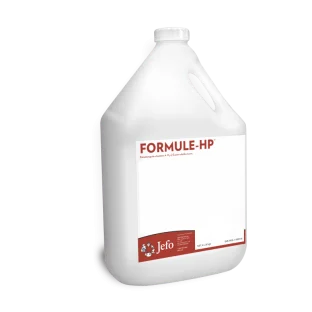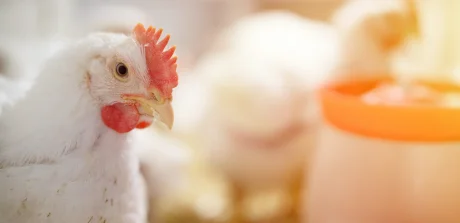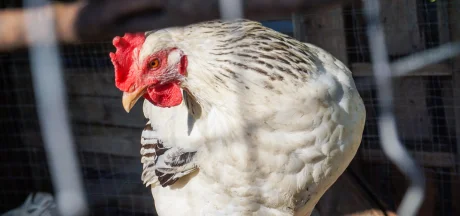- Article
- Swine
- Poultry
Clean Water, Healthy Animals: 5 Easy Steps to Sanitize Your Water Lines
Good, clean water begins with a thorough water line sanitation program.
Even if water looks clear at the source, what happens inside your pipes matters most. Here’s why regular sanitation is critical—and how it directly impacts animal health and farm performance.
1. Prevent Bacteria & Biofilm Buildup
Biofilm is a slimy layer made of bacteria, fungi, and organic matter that forms inside water lines. It’s invisible—but dangerous.
Why it matters:
- Harbors harmful bacteria like E. coli, Salmonella, and Pseudomonas
- Reduces water flow and causes water restriction , more than blockages
- Reduce medication and supplements efficiency.
Bottom line: Biofilm contaminates every sip animals take.
2. Ensure Proper Nutrient & Medication Delivery
Many farms rely on water systems to administer liquid vitamins, acidifiers, or medications. But dirty lines interfere with these treatments.
Risks of poor sanitation:
- Reduces effectiveness of medications
- Causes uneven dosing—animals may over- or under-consume
- Clogs proportioners, impacting treatment precision
If water lines aren’t clean, your animals won’t get the full benefit.
3. Improve Water Intake & Hydration
Animals drink more when water is clean, fresh, and palatable. But if it's not:
- It tastes bad, reducing intake
- Dehydration risks increase, especially during heat stress
- Feed intake drops, hurting weight gain and egg production
Less water = less feed = poor performance and higher mortality.
4. Prevent Scale & Mineral Buildup
Hard water deposits—like calcium, magnesium, manganese, and iron—build up fast.
What this causes:
- Clogged nipple drinkers
- Rough internal surfaces where bacteria thrive
- More downtime and higher maintenance costs
Routine flushing helps prevent buildup and ensures steady flow.
5. Reduce Cross-Contamination Between Flocks or Batches
Water lines that aren’t cleaned between cycles can:
- Transfer pathogens between flocks/herds
- Accelerate disease spread
- Undermine biosecurity protocols
Flushing between batches is essential for farm hygiene and animal safety.
Get the 5 Easy Steps Now!
A simple sanitation routine can help:
- Maximize animal performance
- Reduce medication costs
- Improve overall farm efficiency
Don’t let clean-looking water fool you. What’s in your pipes matters.
